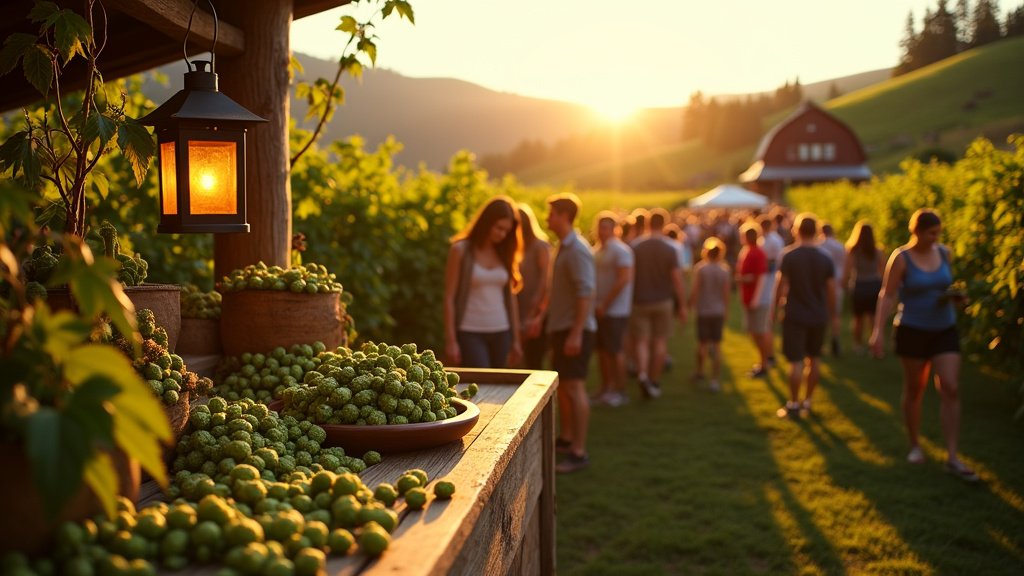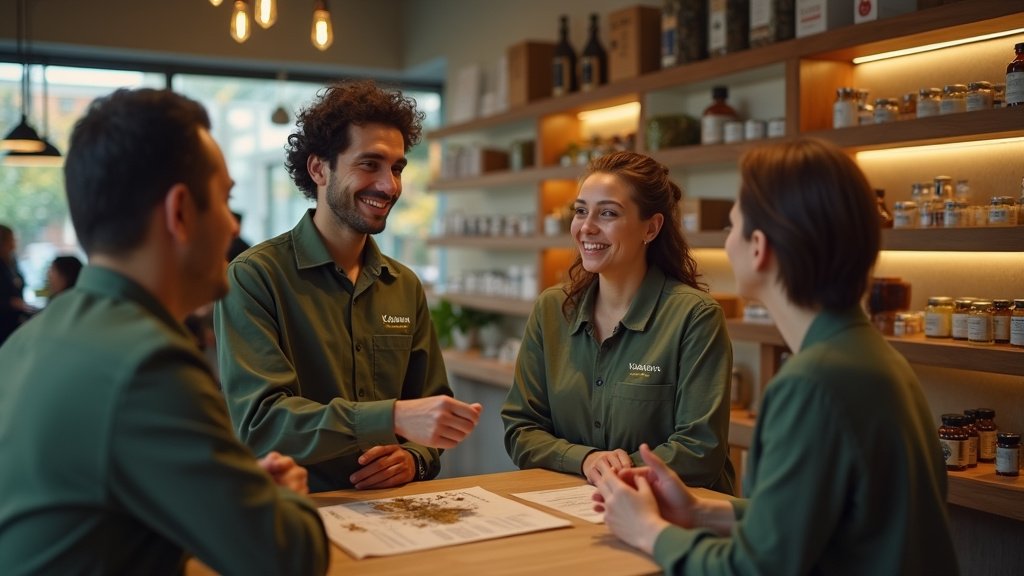Amidst a complex economic environment and evolving consumer preferences, craft breweries across the United States are strategically adapting their business models to ensure long-term viability. Facing significant headwinds, including escalating operational expenses and shifts in drinking habits, brewers are exploring innovative approaches to maintain relevance.
Insights into these adaptive strategies were recently shared during a CapRadio interview featuring US craft brewers. Industry professionals highlighted key pressures and the proactive measures being implemented to navigate the challenging landscape.
Andy Klein, owner and brewmaster at Monk’s Cellar in Roseville, California, pointed specifically to increased ingredient costs as a major challenge impacting profitability. Beyond financial pressures, brewers must also contend with the need to adapt to changing consumer preferences, a trend influencing demand across the sector.
Understanding the Headwinds
The craft brewing industry, celebrated for its innovation and local character, has felt the impact of these shifts keenly. The interview referenced the experience of states like Oregon, where the craft brewing sector has reportedly seen a decline in draught beer sales. This downturn is attributed, in part, to fundamental shifts in consumer habits and purchasing patterns.
Compounding the challenge is a broader societal trend: younger Americans are consuming less alcohol. This significant demographic shift underscores the need for businesses rooted in alcohol sales to re-evaluate their core offering and appeal. According to 2024 data from IWSR, a global beverage alcohol data and analysis firm, the trend is pronounced among key consumer groups, with the data showing that half of millennials and 60% of Gen Z abstained from alcohol for a week or more over a six-month period. Such statistics highlight a market undergoing a fundamental transformation, requiring breweries to think beyond their traditional customer base.
Strategic Adaptation and Redefining the Space
In response to these pressures, craft brewers are strategically pivoting. Kenny Terry, owner and brewer at Log Off Brewing in Rancho Cordova, suggested that cultivating an identity as a “neighbourhood brewery pub” can provide businesses with a crucial anchor in their local communities and help them remain competitive amidst the challenging market dynamics. This approach emphasizes community building and creating a welcoming atmosphere that extends beyond the product itself.
The core of many breweries’ adaptation strategies involves a critical examination and rethinking of their physical spaces. Brewers are reportedly investing in rethinking their spaces to appeal to a broader clientele. This investment goes beyond simple aesthetics; it is aimed at fundamentally altering the perception and function of the brewery from a place solely for beer enthusiasts to a more inclusive social venue.
Beyond the Beer Drinker
A key tenet of this evolving strategy is the explicit effort to broaden appeal. The message being embraced by forward-thinking brewers is clear: customers don’t need to be solely beer drinkers to frequent a brewery. This shift in emphasis is crucial for attracting segments of the population represented by the IWSR data and others who may not prioritize alcohol consumption but are seeking social spaces.
By creating environments that are welcoming and engaging for individuals who may prefer non-alcoholic options, are designated drivers, or simply accompanying friends, breweries can tap into a wider market. This involves cultivating an atmosphere where the experience – the social connection, the food offerings, the community events, the ambiance – is as much of a draw as the beer itself.
Cultivating Resilience in a Changing Market
The challenges posed by increased costs and shifting consumer demographics are significant, requiring more than just minor adjustments. The strategies being adopted by US craft brewers, as discussed in the CapRadio interview, indicate a recognition that survival and growth depend on a willingness to evolve the fundamental nature of the brewery experience.
By strategically investing in their spaces, emphasizing their role as community hubs, and consciously appealing to a broader audience – explicitly welcoming those who may not primarily be beer drinkers – craft breweries are working to build resilience and ensure their continued place in the evolving social and economic landscape.



